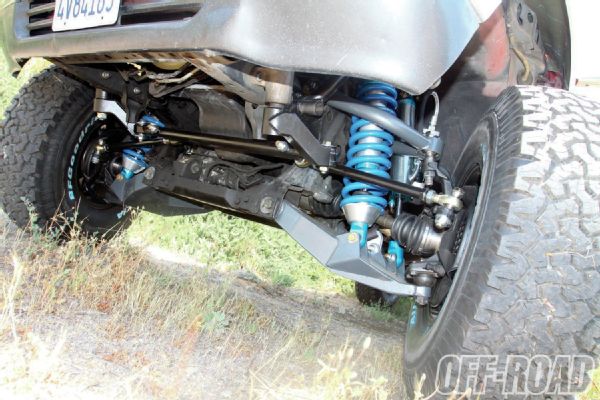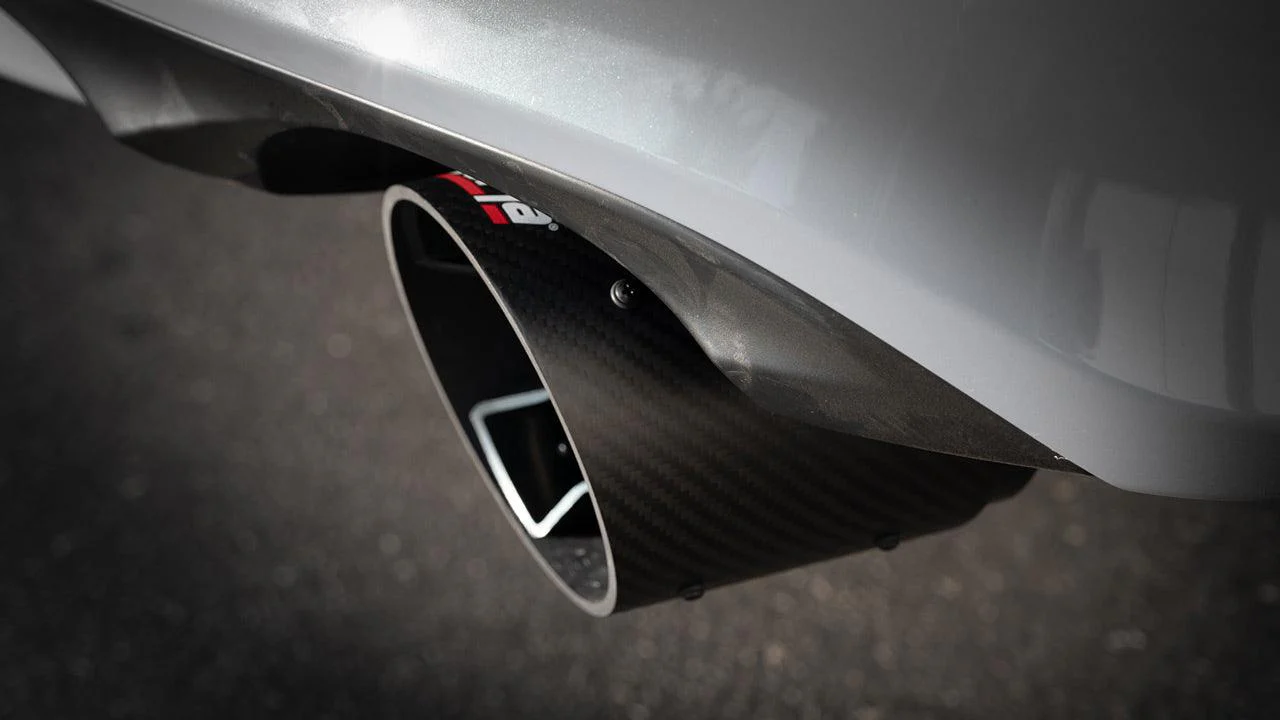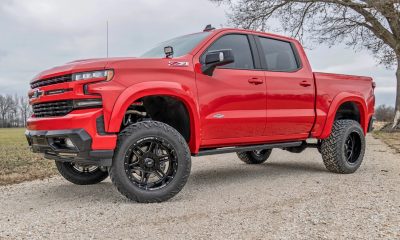Automotive
Independent Suspension Kits: No Harm in More Lift, Only Benefits
If you’re one of the lucky (and smart) Hilux owners and have just decided to try it out off the beaten track, you’re probably wondering whether or not the Hilux, in it’s non-modified state has what it takes to do so. Well, it can. However, you should highly consider giving it a body lift if nothing else, in order to avoid damaging what’s underneath. There are a lot of benefits to having your Hilux lifted for off-road riding, but the greatest one by far is protecting its underside.

All new Hilux models come with an independent front suspension. Independent suspensions are the most complex lifts of all. At lower levels (5-8cm of height), many newer setups are simply addressed by a spacer lift. You can get Hilux ball joint spacers easily online. From here on out, the changes of the steering rods, the CV axle angles and the angularity to the control arms are the biggest concern.
All of these potential issues, and others, are addressed in higher lifts (above 8cm) by relocating or replacing the upper/lower control arm. A steep angle means that the arm will increase the angularity of the ball joints and move the steering knuckle inboard, which will sometimes max out their movement.
The point where the CV axle enters the knuckle may be changed for some lift. More importantly, Hilux ball joint spacers can increase the distance between the ball joints in order to reduce their angularity. Often times, the steering arm is relocated to reduce the angularity on the tie rods. Plenty of IFS systems relocate the whole differential and suspension at a lower position to get a lift.
CV joint angularity is a problem with IFS lifts, however, it’s typically addressed by lift kit designers. They calculate the max angularity of the outer and inner joints and restrict suspension travel to avert binding. The second consideration is the plunge depth of the inner joint. As the suspension moves up or down, the mounted distance of the CV axle varies.
As angularity decreases, the distance grows, and the other way around. That way, it’s just like a driveshaft. The plunge is done inside the inner joint, where the tripod moves in and out of the tracks. At conventional ride height, the plunge depth has to be centered so that the joint won’t run out of travel on suspension uptravel, nor pull apart on downtravel, causing it to break and jam the diff housing. This is addressed by a spacer between the drive flange on the differential and the inner joint.
Writing for the blog since 2012, Chris simply loves the idea of providing people with useful info on business, technology, vehicles, industry, sports and travel – all subjects of his interest. Even though he sounds like quite the butch, he’d watch a chick flick occasionally if it makes the wife happy, and he’s a fan of skincare routines though you’d never have him admit that unless you compliment his impeccable skin complexion.























